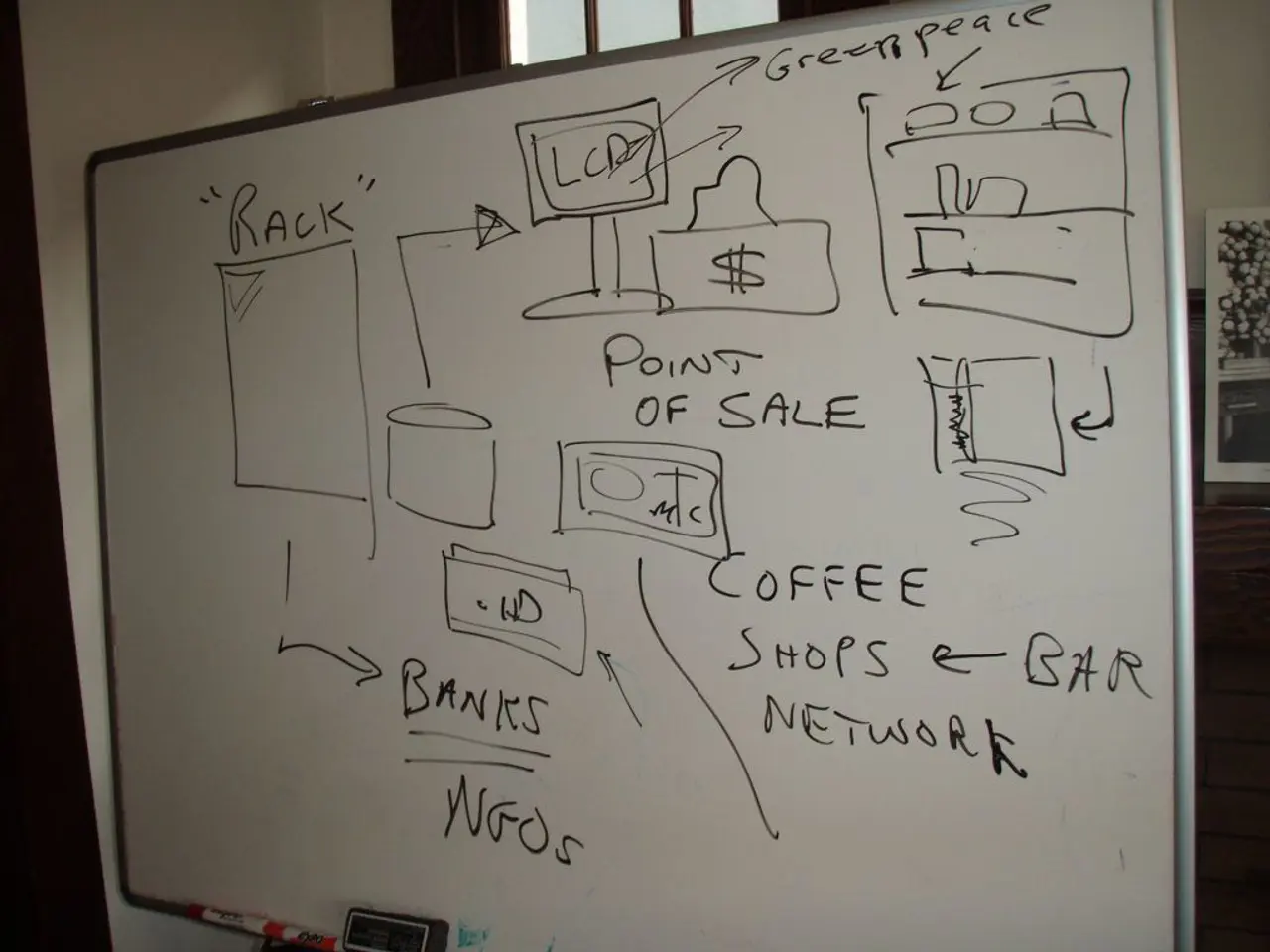Quantum-Post Cryptography Alliance Releases Workbook Outlining PQC Resources
The Post-Quantum Cryptography Coalition (PQCC), a global community of technologists, researchers, and cybersecurity experts, has released a new tool to aid organizations in their transition to quantum-resistant cryptographic systems. The Post-Quantum Cryptography (PQC) Inventory Workbook serves as a practical resource for creating a centralized inventory of cryptographic assets, essential for managing and tracking migration efforts [1][2][3].
The PQCC, founded by IBM Quantum, Microsoft, MITRE, PQShield, and SandboxAQ, is committed to bolstering efforts to establish and implement interoperable standards and technology. MITRE, a not-for-profit research and development organization involved in the PQCC, plays a significant role in coordinating the coalition's activities.
Matt Mickelson, the lead coordinator of the PQCC and senior cyber principal for science and technology at MITRE, stated that the coalition continues to provide new resources to the greater cyber community to help them better manage their transition to quantum-resistant cryptographic systems. Wen Masters, vice president of cyber technologies at MITRE, emphasized that building an inventory is essential for effective migration planning and long-term success.
The PQC Inventory Workbook offers several key features to support organizations in their migration efforts:
- Identifying and defining systems or assets that use cryptography.
- Categorizing these assets by priority (high, medium, or low), helping to focus migration efforts.
- Providing a streamlined set of fields to assess PQC requirements, align with system life cycles, and prioritize which assets to migrate first.
- Allowing customization so organizations can add fields to track additional data relevant to their environments.
- Supporting ongoing updates as new systems or data are identified.
- Including a glossary that explains key cryptographic terms and vulnerabilities of common algorithms.
By establishing this baseline inventory, organizations gain clarity on where cryptographic protections are applied and how vulnerable they may be to future quantum attacks. This structured approach facilitates effective migration planning, reduces risks, and sets the stage for long-term resilience through the transition to quantum-resistant cryptography.
This spring, the coalition published the PQC Migration Roadmap, and they plan to publish quantum risk assessment materials later this year. The PQCC is dedicated to providing critical outreach and education to support PQC migration. Organizations or individuals that wish to participate in the PQCC can visit PQCC.org or contact [email protected]. Media inquiries can be directed to Lisa Fasold at [email protected].
[1] MITRE. (n.d.). Post-Quantum Cryptography Coalition. Retrieved from https://www.mitre.org/about/partnerships/post-quantum-cryptography-coalition
[2] Post-Quantum Cryptography Coalition. (2021). PQC Migration Roadmap. Retrieved from https://www.pqcc.org/pqc-migration-roadmap
[3] Post-Quantum Cryptography Coalition. (2021). PQC Inventory Workbook. Retrieved from https://www.pqcc.org/pqc-inventory-workbook
[4] National Institute of Standards and Technology. (n.d.). Post-Quantum Cryptography. Retrieved from https://www.nist.gov/itl/cryptography/post-quantum-cryptography
[5] National Cybersecurity Centre of Excellence. (n.d.). Post-Quantum Cryptography. Retrieved from https://www.nccoe.nist.gov/topics/post-quantum-cryptography
Security is paramount in the transition to quantum-resistant cryptographic systems, and the Post-Quantum Cryptography Coalition (PQCC) has introduced the PQC Inventory Workbook to help organizations manage this process. Being a centralized resource, it categorizes and prioritizes data-and-cloud-computing assets, aiding in migration planning and reducing risks for long-term success. Cloud providers and researchers are encouraged to use this tool and collaborate with the PQCC to advance the security of data in the face of emerging quantum threats.




